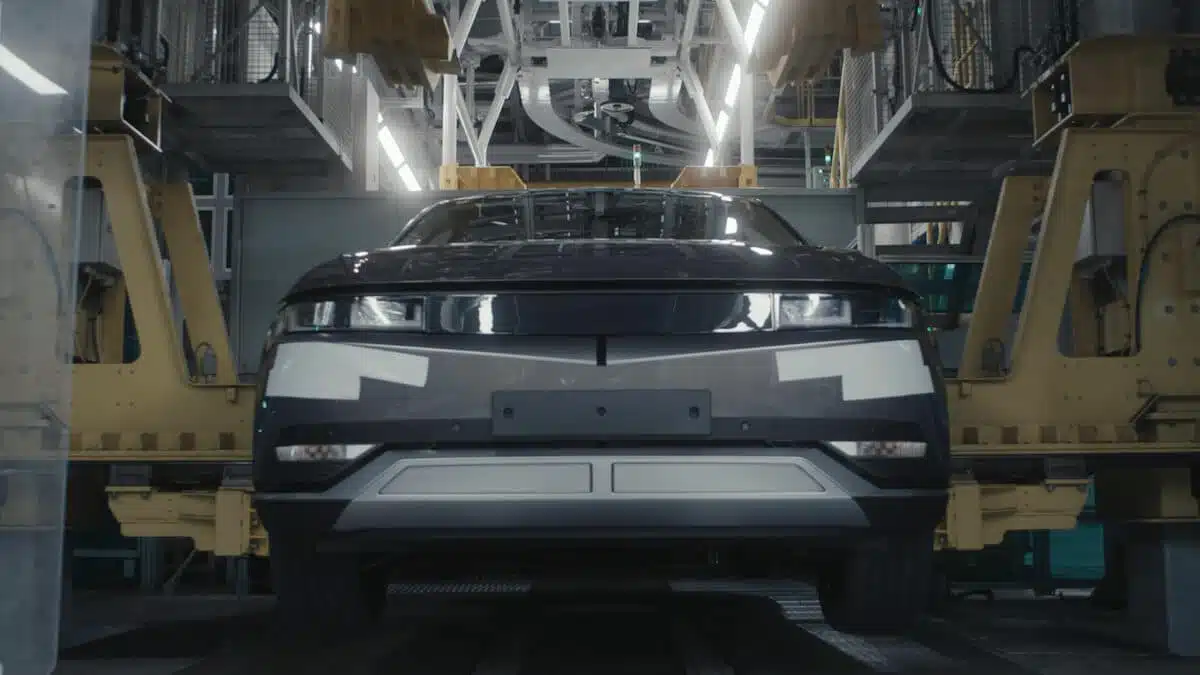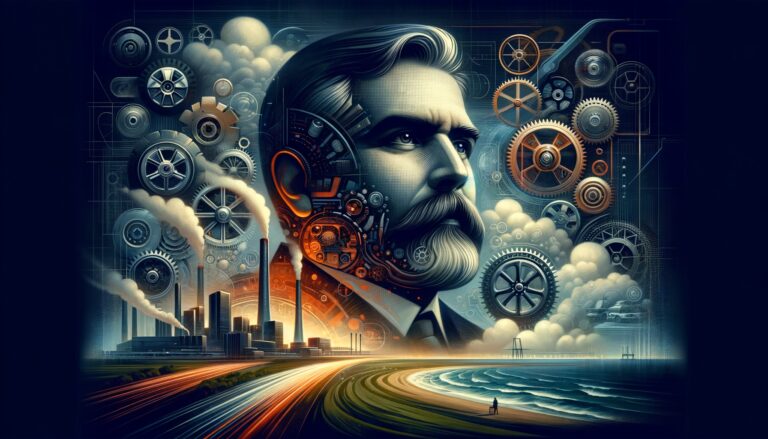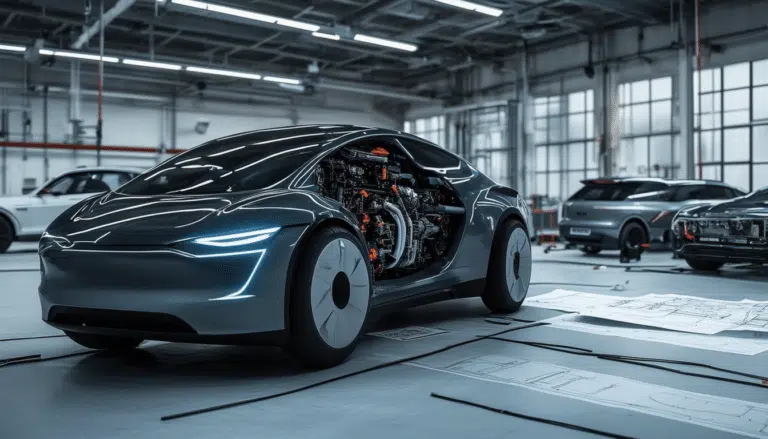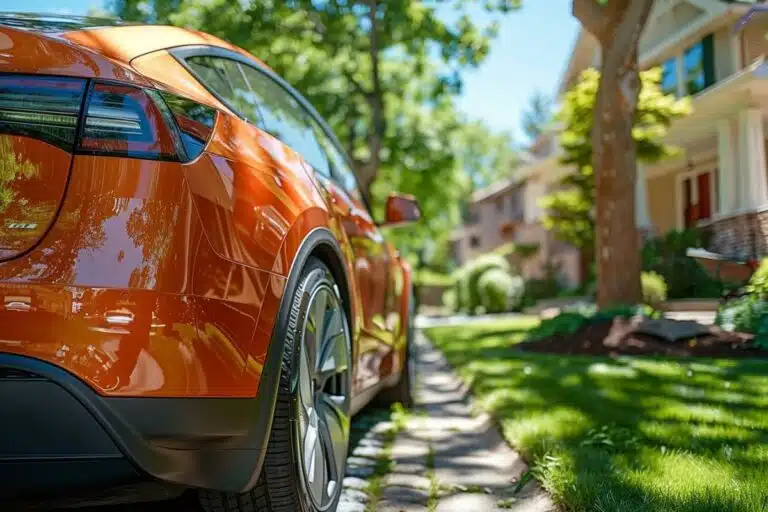Hyundai and Tesla revolutionize the manufacturing of electric cars with impressive cost reductions

Leading companies in the automotive industry continue to surprise the entire world with their innovative technologies. Recently, Hyundai announced plans to use giant hydraulic presses to manufacture chassis molds, following the example of Tesla and its Model Y. This adoption would allow for a drastic reduction in parts and components, which in turn translates into considerable cost savings in the manufacturing of electric vehicles.
Tesla leads the electric vehicle market with its Model Y
Since the arrival of the Model Y, Tesla has been using giant hydraulic presses to manufacture the molds for the chassis and the rear of the electric SUV. Thanks to this technique, Tesla was able to reduce the number of distinct parts in the chassis from nearly sixty pieces to fewer than five components. The company led by Elon Musk claims that this allows them to save up to 40% on production costs.
Fewer parts, greater strength
The new technology not only reduces costs but also improves the quality of the electric vehicle. In the event of a rear impact, there would be less chance of having to replace damaged parts; instead, the entirety of the rear section of the chassis would retain its functionality.
Hyundai joins the trend and plans to implement this technology in 2026
Inspired by Tesla’s success, Hyundai has adopted this idea and plans to implement it in its factories by 2026. This will involve a significant investment to update the production plants of the different brands that make up the Hyundai group: Kia and Genesis.
Future investment: Vertical integration as a strategy
The adoption of these giant hydraulic presses is just one example of how vertical integration can optimize costs and streamline production. By controlling every part of the manufacturing process and using innovative technologies, Hyundai will seek to replicate Tesla’s implicitly successful business model in terms of efficiency and reduced costs in the production of electric vehicles.
- The goal: to compete more fiercely in a market where electric vehicles are gaining ground.
- The challenge: to find the right combination of technologies and processes to maximize efficiency and maintain attractive profit margins.
What does this change mean for the automotive industry?
The adoption of these advanced technologies demonstrates the constant evolution of the automotive industry and how leading companies strive to improve and reduce the manufacturing costs of electric vehicles to compete in an increasingly demanding market. The use of giant hydraulic presses revolutionizes the traditional conception of chassis manufacturing in favor of a simplified solution aimed at mass production without neglecting quality.
Sustainable manufacturing: Reducing environmental impact
Moreover, a more “green” scenario is proposed in the production of electric vehicles thanks to the reduction in the number of parts used in their manufacturing. Utilizing fewer components could generate less waste, which in turn results in benefits for the environment.
Conclusion
Hyundai and Tesla demonstrate that it is possible to continue innovating in the manufacturing of electric vehicles, bringing significant changes to the automotive market in terms of both costs and quality and sustainability. It is clear that leading companies have much to offer in terms of advanced technology capable of making a difference in how electric cars are produced and driving a more sustainable and efficient future for all. Time will tell what other surprises await us regarding the development of these vehicles, but for now, there is no doubt that we are on the right track.





